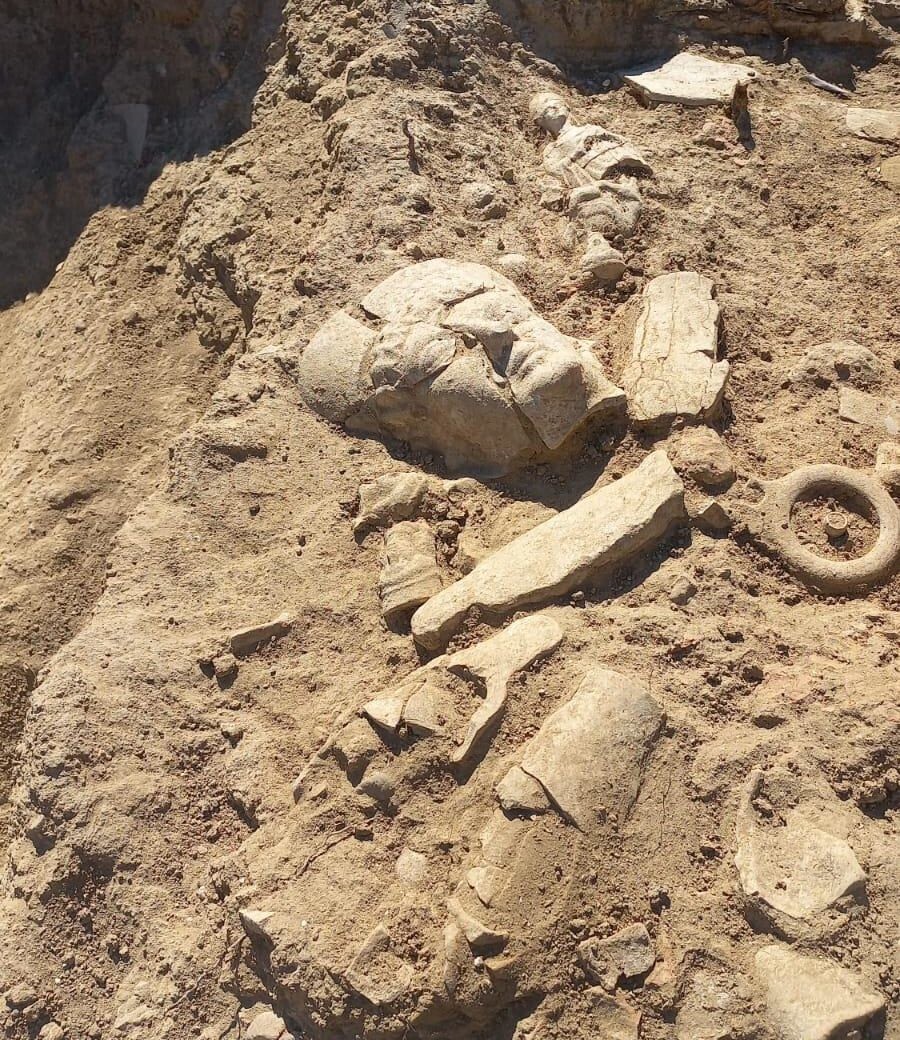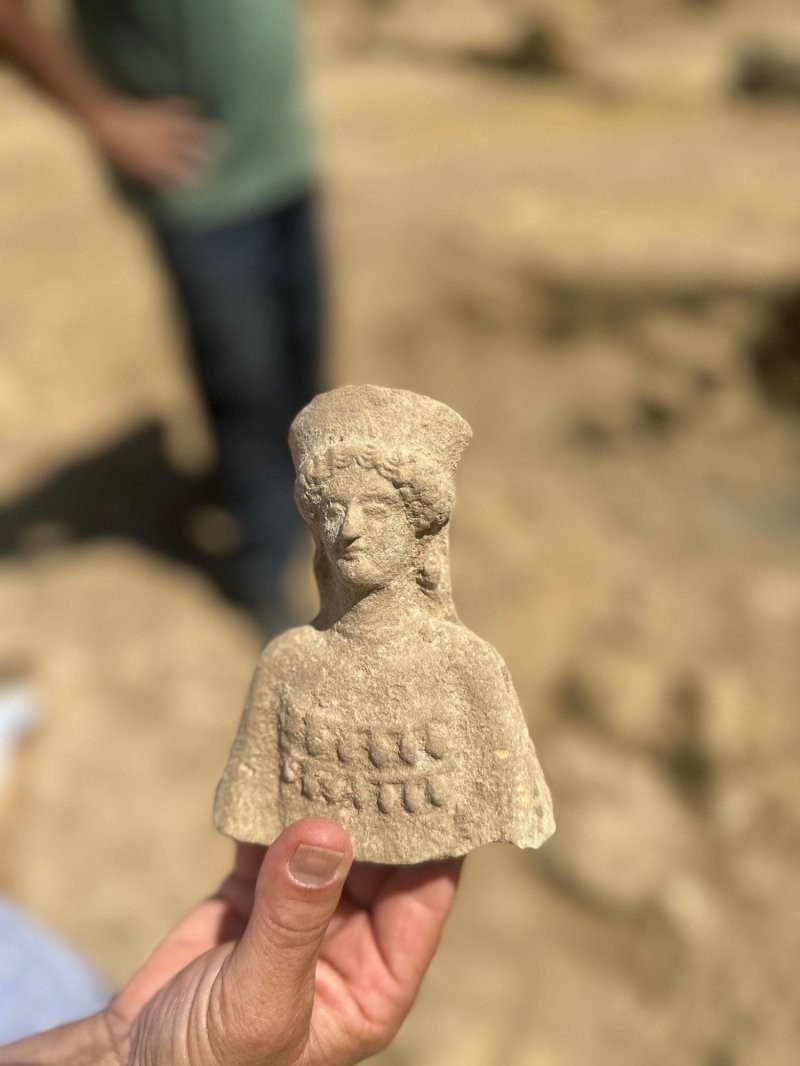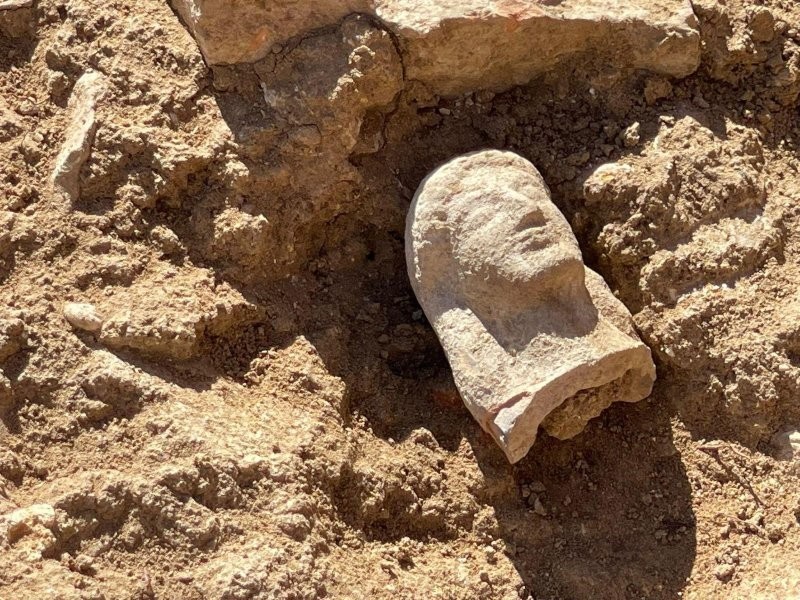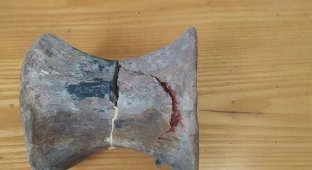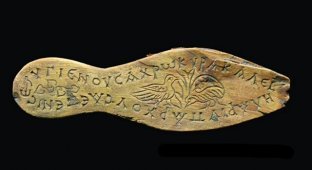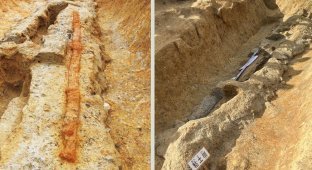Statues from the 4th century BC unearthed in Italy (6 photos)
In the archaeological park in Agrigento, Italy, found at least at least 60 terracotta figurines, oil lamps and small vases, and many bronze fragments. The finds date back to the beginning of the 4th century BC. AD, when the city was rebuilt after being sacked. 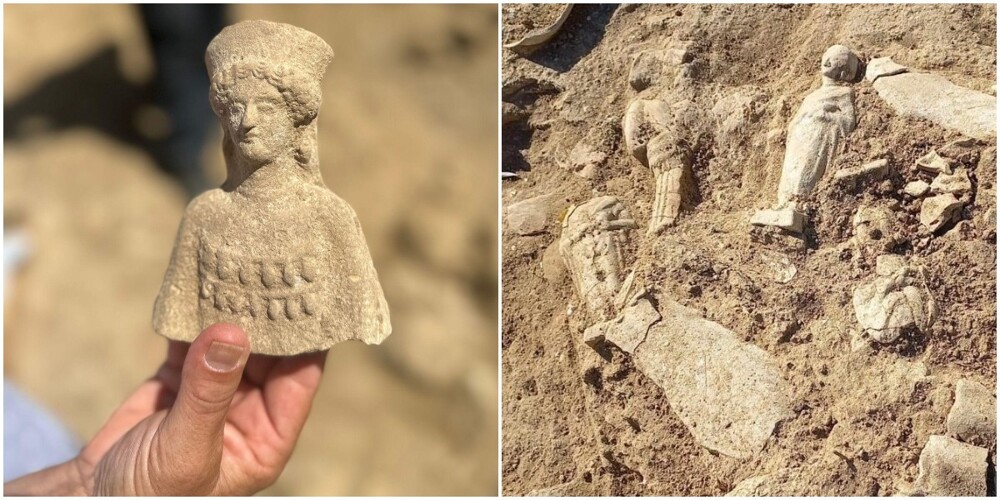
During excavations in the "Valley of the Temples" in Agrigento, on southwestern coast of Sicily, archaeologists have found valuable ancient artifacts. These are about 60 terracotta figurines, oil lamps and small vases, female busts. In addition, fragments were found bronze in large quantities. Archaeologists believe the finds date back to beginning of the 4th century BC, when the city was rebuilding after plunder by the Carthaginian commander. Then the locals had to escape and flee in the direction of the city of Gela. 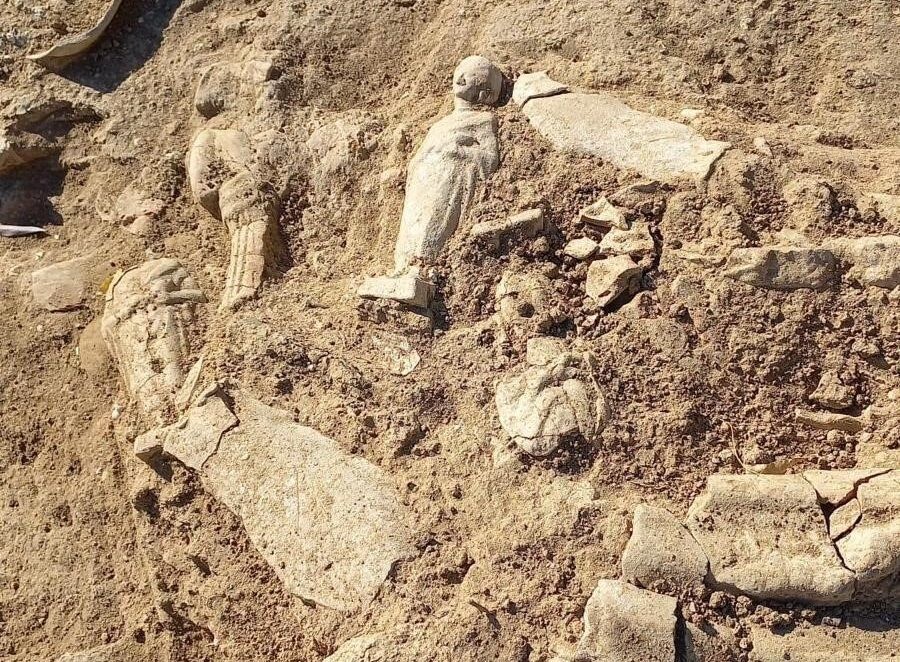
According to archaeologists, a valuable find gives more insight into the life of that time. Perhaps the statues appeared here after the return of the locals - or maybe they were here before that. Archaeologists now plan to conduct further research to more accurately determine the functions of the objects found. 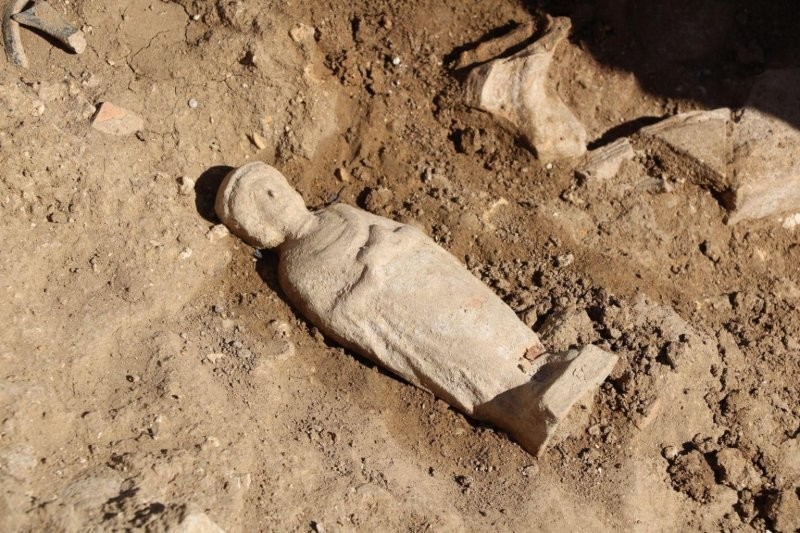
Valley of the Temples - part of the ancient Italian city Agrigentum. Since 1997, the Valley (with an area of 1300 hectares) has been included in the list UNESCO World Heritage Site. The city itself was built by Greek colonists in 582-580 BC, and defeated by the troops of the Carthaginian commander Himilko in 406 BC When Himilko began to plunder the city, local residents fled to the nearby city of Gela, but then he captured and Gela herself. All Greek colonies in Sicily passed to the commander, however, his reign did not last long. In 399 BC Ancient Greek commander and statesman Timoleon of Corinth liberated these Greek cities. 